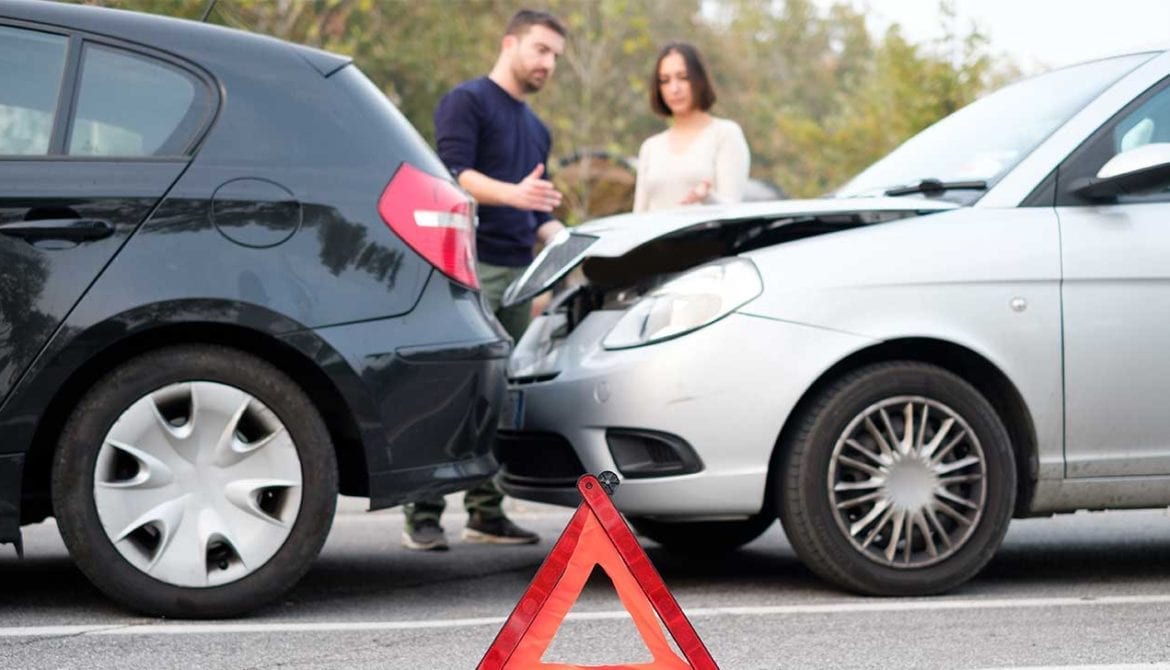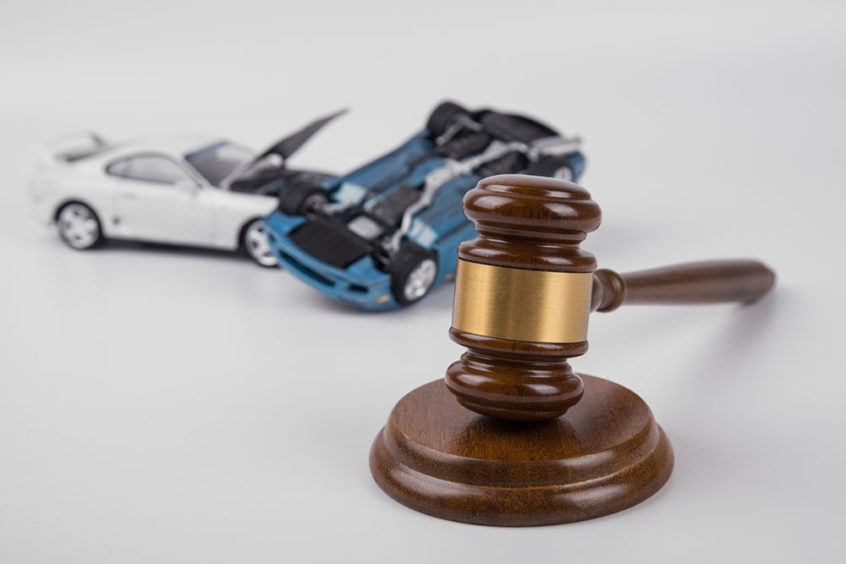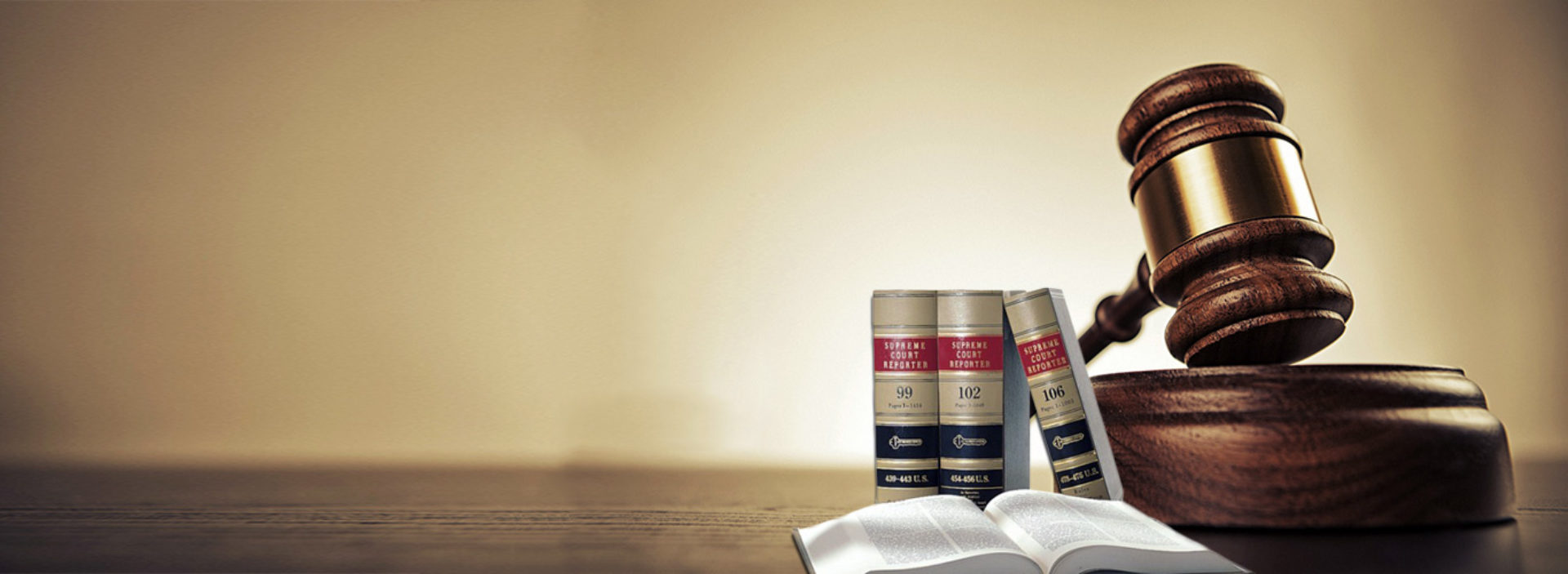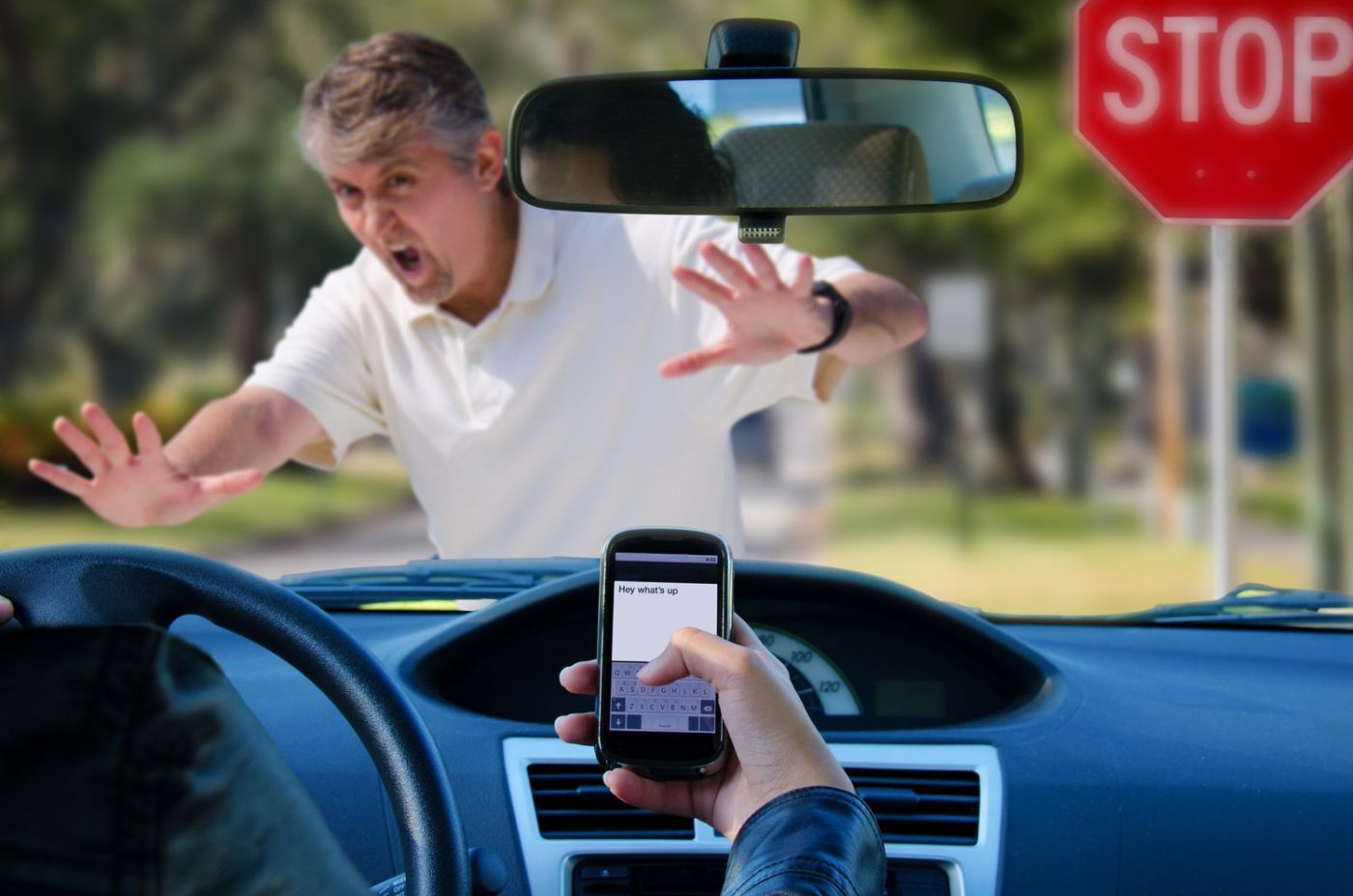
Car accident law refers to the legal principles that establish who is liable for personal injury and property damage caused by a traffic incident. This area of law deals with the principles of negligence as they apply to this subset of personal injury claims. As is the case in other instances where negligence law applies, car accident litigation is virtually exclusively governed by state law.
While there are distinctions across states, vehicle accident victims in every state must establish the same four essential criteria in order to recover compensation. These are the following elements: obligation, breach, causation, and harm. In terms of duty, drivers are legally required to follow the regulations of the road and operate their vehicles safely. This includes driving at a safe speed, maintaining control, being aware of your surroundings, obeying traffic signals, and properly employing blinkers and headlights.
Generally, the presence of an obligation is acknowledged without any debate. In comparison, the plaintiff will typically be needed to establish that the defendant violated that duty. Direct evidence, such as eyewitness testimony, traffic surveillance footage, or an acknowledgment of fault, can establish a breach. Alternatively, the plaintiff may be forced to rely on circumstantial evidence, such as skid tracks, paint smudges, or breathalyzer results.
Simply because the defendant owed the plaintiff a duty to operate his or her vehicle in a certain manner and the court establishes that the defendant breached that duty, the court will not infer that those circumstances caused the plaintiff’s injuries. Rather than that, the plaintiff must establish causation.
Finally, the plaintiff must establish an injury. Regardless of how terrible the other driver’s behavior behind the wheel was, the plaintiff cannot file a negligence claim unless the other driver’s behavior resulted in damage to the plaintiff’s person or car.
Following an Accident, What to Do

After an automobile collision, the first thing to do is to remain mute regarding who is to blame. As straightforward as this may appear, admitting fault is by far the most frequent error potential litigants make in the moments following a disaster.
It is critical to document any statements made by the other driver. A smartphone, tablet, or other electronic device can be an excellent tool for recording voice memos at an accident site. Collect as much information on the accident as possible using whatever means are available. To begin, note the other driver’s name and address, his or her license number, and insurance information.
Additionally, contact information for witnesses, descriptions of the road, traffic, and weather conditions, and images of the cars should be preserved. Utilize the video recording capability of your cell phone or camera. Make a video of the accident scene from a distance and up close, including the position of traffic signs, crosswalks, and other landmarks. Additionally, make a note of the names of police officers to facilitate obtaining copies of their reports.
Of all the steps that may be taken following an automobile accident to protect a victim’s entitlement to compensation, contacting a Boston personal injury lawyer will have the most influence. Without the assistance of counsel, you will be subject to the opposing party’s insurance company’s methods. The adjuster may attempt to coerce you into accepting an unjust settlement or waiving other rights. Consult an attorney prior to signing anything.







